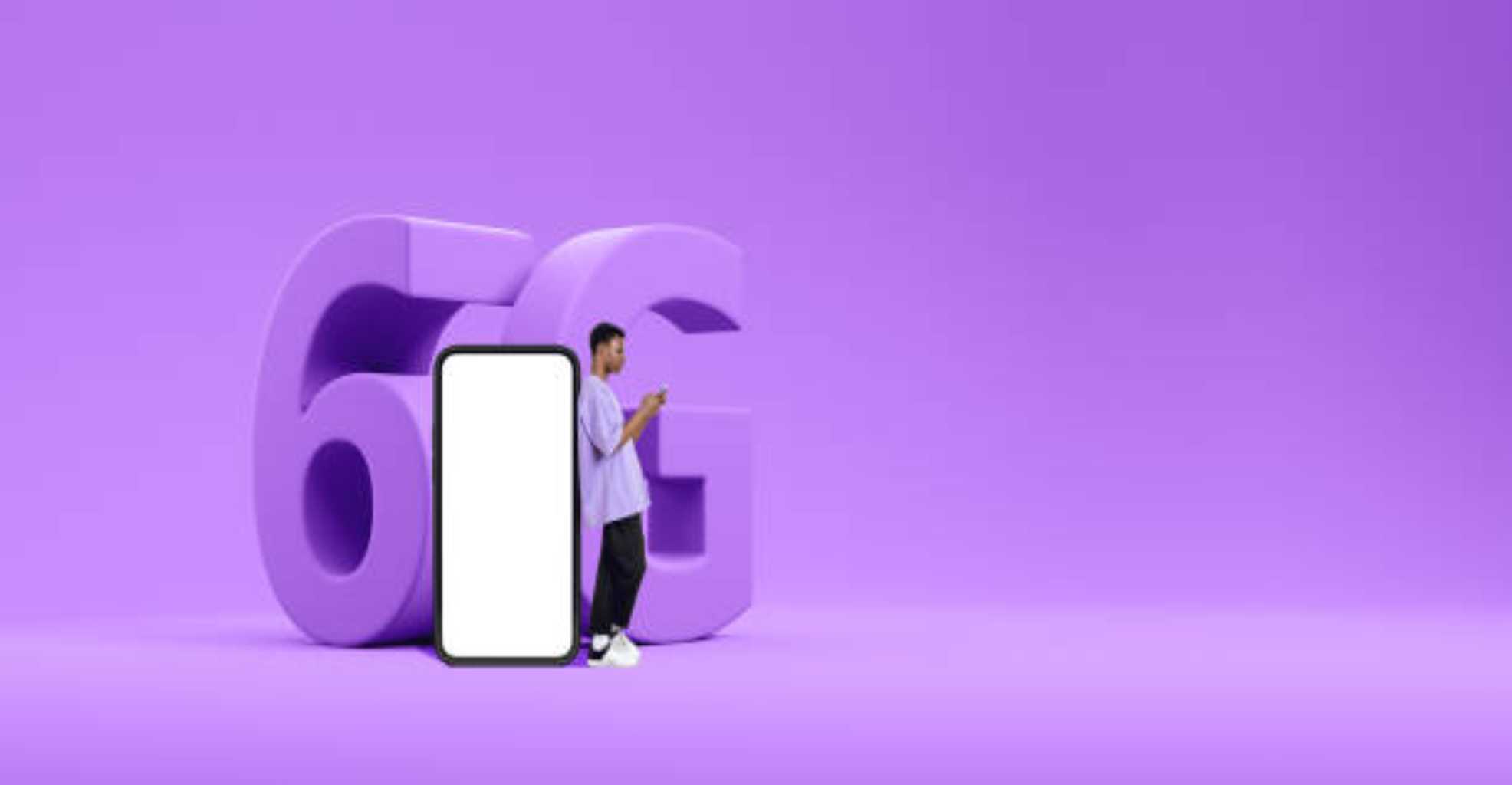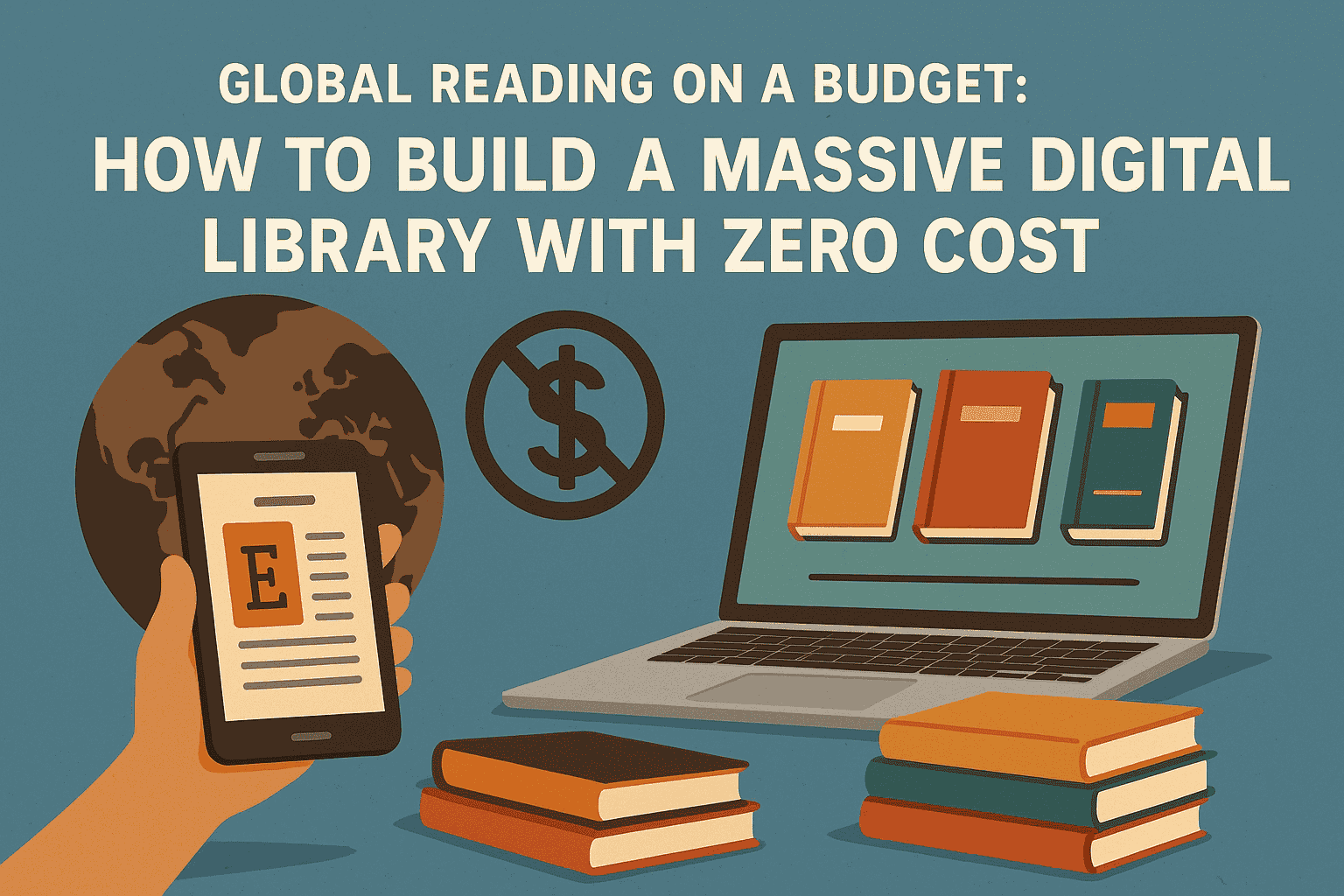The Rise of 6G Networks: What Comes After 5G?
Just a few years ago, 5G was the next big thing—offering faster speeds, lower latency, and smarter connectivity. But even as 5G is still rolling out globally, researchers, technologists, and governments are already looking ahead to the next frontier: 6G.
While 5G focused on improving mobile broadband and enabling smart devices, 6G promises to reshape communication entirely, ushering in a world where virtual reality, artificial intelligence, quantum computing, and the Internet of Everything (IoE) seamlessly converge.
In this post, we’ll explore what 6G is, how it differs from 5G, the innovations it could bring, the challenges ahead, and what it means for business, society, and the future.
What is 6G?
6G is the sixth-generation wireless technology standard currently under research and development, expected to be commercially available around 2030. It aims to go beyond the improvements of 5G by delivering:
-
Ultra-fast data transfer (speeds over 1 Tbps)
-
Extreme low latency (as low as 0.1 ms)
-
Integrated AI in the network
-
Full spectrum coverage, including terahertz (THz) bands
-
Massive device connectivity, including smart cities, autonomous vehicles, and even smart human-machine interfaces
While 5G enhanced mobile performance and enabled applications like IoT and edge computing, 6G is expected to enable science-fiction-like capabilities, such as holographic communication, immersive metaverse environments, and brain-computer interfaces.
How is 6G Different from 5G?
| Feature | 5G | 6G |
|---|---|---|
| Peak Speed | ~10 Gbps | >1 Tbps |
| Latency | ~1 ms | ~0.1 ms |
| Spectrum | Sub-6 GHz & mmWave | Sub-THz & THz |
| Connectivity | Smart devices, IoT | AI-driven IoE, real-time digital twins |
| Applications | Streaming, AR/VR, smart cities | Holography, digital presence, nano-networks |
| 6G is not just about faster smartphones—it’s about enabling entirely new industries and human experiences. |
Potential Applications of 6G
1. Holographic and Haptic Communication
6G could enable real-time holographic projections, allowing people to “beam” themselves into meetings or social gatherings virtually. Combined with haptic feedback, users could also “feel” a virtual handshake or hug—revolutionizing how we interact across distances.
2. Metaverse and Mixed Reality
The metaverse, a digital universe where users can interact in real-time through avatars, requires enormous data and low latency. 6G could provide the infrastructure for seamless, lag-free XR experiences in education, gaming, and business.
3. Smart Environments and IoE
With 6G, we could see the rise of fully integrated smart environments, from cities to homes to factories. Every object—from furniture to appliances to vehicles—could be connected, sensing, and communicating in real-time.
4. Brain-Computer Interfaces
Projects like Neuralink could benefit from 6G’s bandwidth and speed. Direct neural connections to the internet, real-time mental control of digital devices, or even telepathy-like communication may be possible.
5. Space-Based Connectivity
6G is expected to include non-terrestrial networks—satellites, high-altitude platforms (HAPS), and drones—to provide global, uninterrupted coverage, even in remote or disaster-stricken areas.
Technological Innovations Behind 6G
Terahertz (THz) Spectrum
6G will explore frequencies between 100 GHz and 1 THz, enabling terabit-level speeds. These high frequencies allow faster data but require new materials and antenna designs due to their limited range and high signal loss.
Artificial Intelligence (AI)-Native Networks
6G networks will integrate AI at their core, enabling real-time optimization, predictive maintenance, self-healing capabilities, and user-behavior adaptation.
Advanced MIMO and Beamforming
Massive MIMO (Multiple Input, Multiple Output) systems and advanced beamforming will improve spectral efficiency and user experience, especially in crowded environments like stadiums or cities.
Quantum Communication
Although still early, 6G might incorporate elements of quantum communication for ultra-secure transmissions, pushing the boundaries of encryption and data privacy.
Challenges to Overcome
Despite its promise, 6G faces several technical and societal hurdles:
1. Energy Consumption
With greater processing and frequency requirements, energy efficiency is a concern. New cooling technologies, sustainable power sources, and eco-friendly hardware will be needed.
2. Infrastructure Costs
Deploying 6G will require new antennas, satellites, and base stations capable of supporting higher frequencies and broader coverage. This will demand significant investment from governments and private sectors.
3. Health and Environmental Concerns
As with previous generations, concerns about exposure to THz radiation and the ecological impact of massive device proliferation must be addressed through transparent research and regulation.
4. Global Standardization
Achieving international consensus on 6G protocols, frequency allocation, and interoperability will be crucial to avoid fragmented implementation.
5. Privacy and Security
6G’s deep integration into daily life—from healthcare to communication—will require robust cybersecurity frameworks to protect against data breaches, surveillance, and misuse.
Impact on Business and the Economy
6G will open up entirely new business models and market opportunities. Industries that could be transformed include:
-
Telecommunications: New revenue streams from premium services like holography or AI-driven data.
-
Healthcare: Real-time remote surgeries, AI diagnostics, and global health monitoring.
-
Entertainment: Full-sensory VR concerts, sports experiences, and interactive media.
-
Manufacturing: Fully autonomous factories and robotic collaboration in real-time.
-
Finance: Real-time data transmission for fraud detection, trading, and client services.
A recent report by ABI Research estimates the global economic impact of 6G could exceed $5 trillion by 2035, with early adopters gaining a competitive edge in innovation and productivity.
Who’s Leading the 6G Race?
Several countries and companies have already begun investing in 6G:
-
South Korea: Samsung and LG are actively researching 6G technologies.
-
China: Launched the world’s first 6G test satellite in 2020.
-
United States: The Next G Alliance and DARPA are funding 6G-related research.
-
Europe: The Hexa-X project, led by Nokia and Ericsson, is exploring 6G frameworks.
Tech giants like Huawei, Qualcomm, Intel, and Apple are also heavily involved, signaling intense competition in this technological gold rush.
Conclusion
While still in its infancy, 6G represents a bold leap into the future of connectivity. It promises to dissolve the boundaries between the digital and physical worlds, enabling experiences that are immersive, intelligent, and instantaneous.
However, its success hinges on collaborative global efforts, ethical considerations, and sustainable development. As we prepare for the 6G era, we must ensure that innovation is inclusive, secure, and beneficial to all.
The question isn’t just what comes after 5G, but how ready we are to embrace a world where technology becomes deeply embedded in every aspect of life. The 6G revolution is not just about faster data—it’s about redefining our digital existence.







